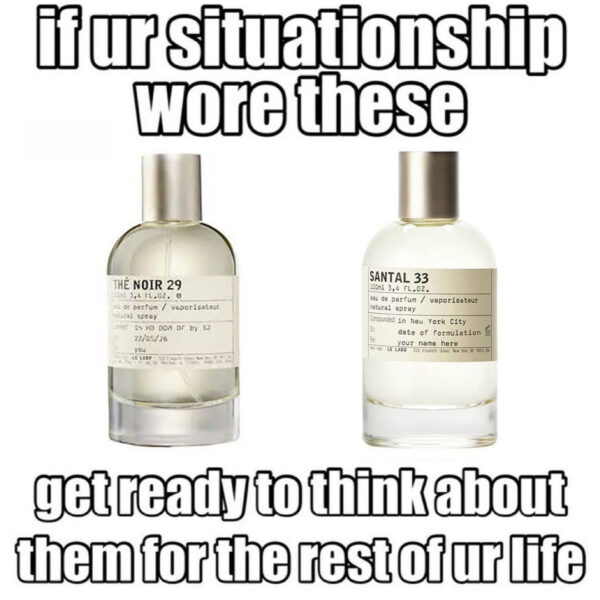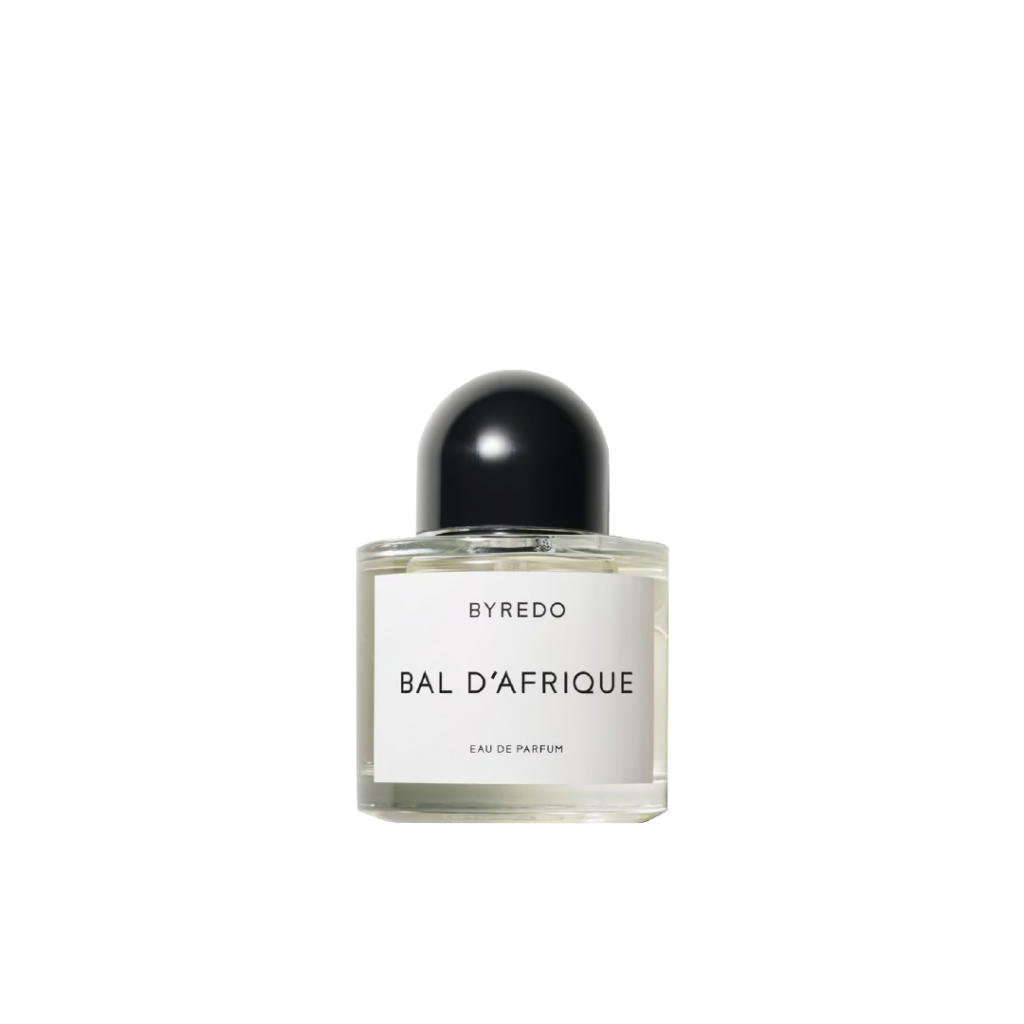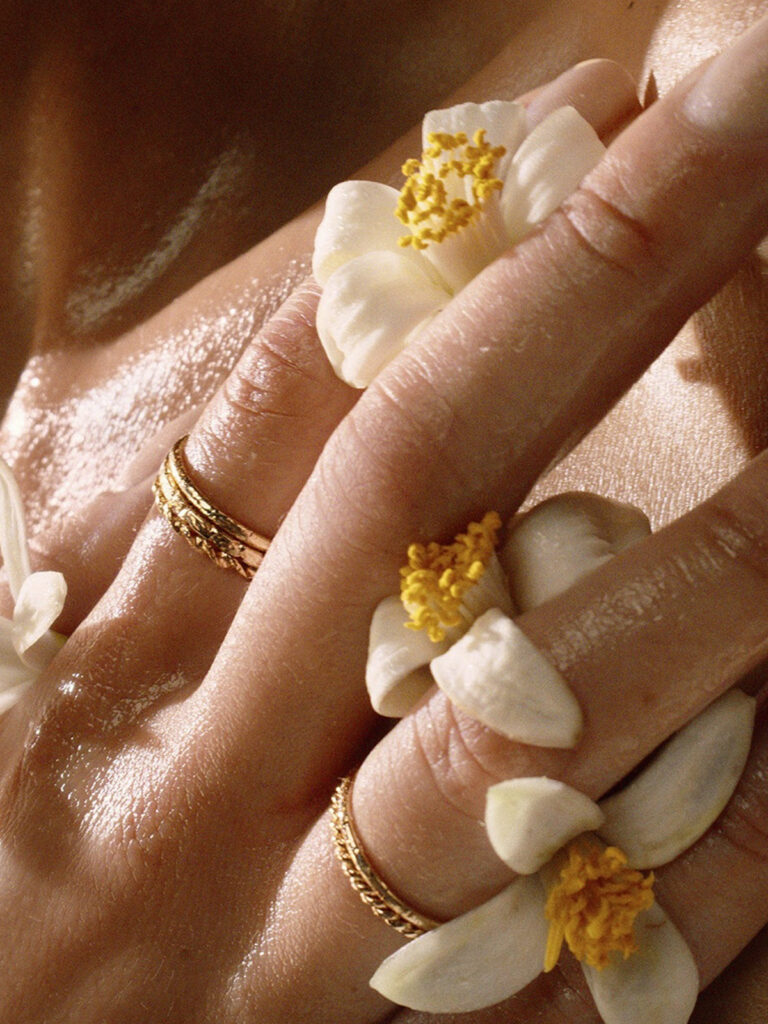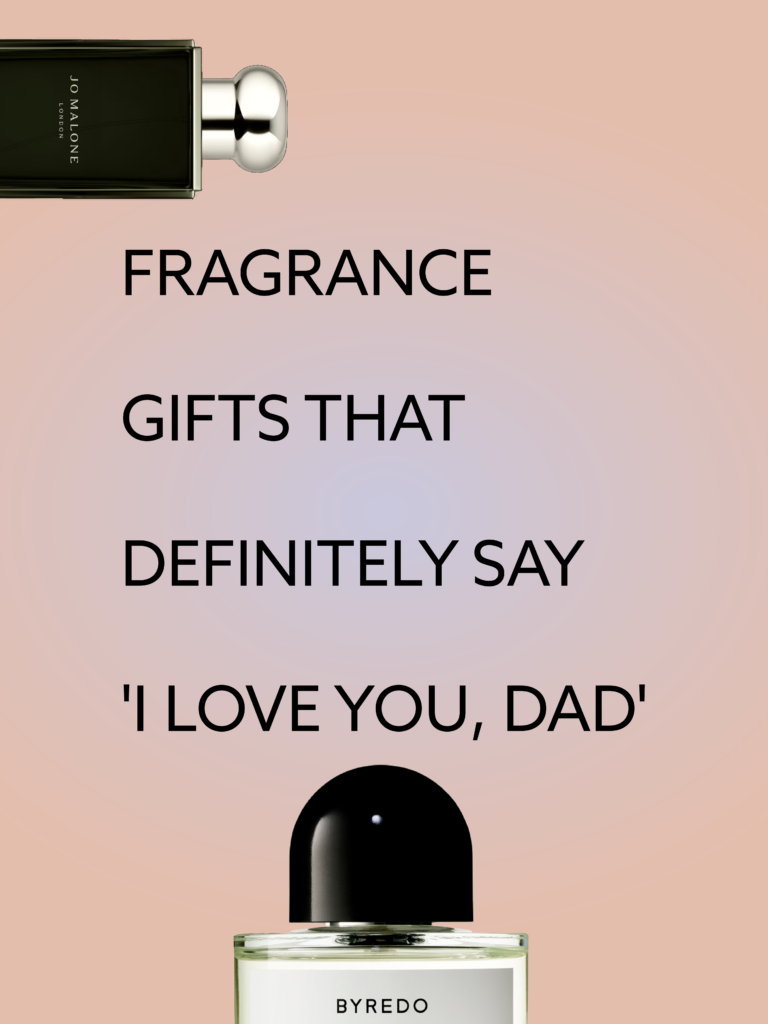
Photo: Getty Images
Fragrance
Are Niche Perfumes Really That Niche?
Niche perfumes have become the ultimate expression of individuality. But as their popularity soars and more people wear them, could they be turning into an oxymoron?
Text Şevval Akyüz
The word “niche,” derived from French, refers to something appealing to a select audience. While it’s often used in marketing, its meaning has taken on new significance in the world of perfumes. But what exactly defines a “niche” fragrance today?
Niche perfumes are crafted from rare and valuable ingredients, often developed by master perfumers with years of dedication and expertise. These scents aren’t found in every department store and haven’t gone mainstream—at least, that’s the idea. Since the early 2000s, niche fragrances have grown in popularity, with brands like Maison Francis Kurkdjian leading the charge.

Take Baccarat Rouge 540, for instance. With its minimalist bottle and bold red label, it has reached cult status. Yet, I know at least 20 people who wear it, which leads me to wonder: Can Baccarat Rouge still be considered a niche fragrance when it’s become so wildly popular? It’s not even a scent with mass appeal.
Other niche staples like Parfums De Marly’s Delina, Byredo’s Bal D’Afrique, Memo’s Marfa, and Le Labo’s Santal 33 have followed similar paths. Santal 33, once synonymous with cool, skyrocketed in sales as its popularity spread. But can a fragrance still be considered niche when everyone’s wearing it? While I appreciate these perfumes’ rich notes and olfactory harmony, they don’t seem to hold the iconic, untouchable status of something like Chanel N°5. Instead, they’ve become incredibly trendy, turning the very concept of niche fragrance into something of an oxymoron.

The rise of niche perfumes hit its stride between 2010 and 2020 as beauty giants caught onto their potential. LVMH acquired Maison Francis Kurkdjian, Estée Lauder added Le Labo and Frédéric Malle to its roster, and Coty brought Byredo into its portfolio. The fragrance market became a whirlwind, with even fast fashion brands racing to create their versions of exclusivity.
Tom Ford, for example, launched a line of niche scents alongside his mainstream collections, backed by big-budget campaigns and celebrity endorsements. His strategy of silent luxury, focusing on unique formulas, carved out a new niche perfume category. Armani Privé quickly secured its place in this high-end game as well. But as these brands scale up, can they truly remain niche while catering to a broader audience?

Even Zara, the Spanish fast-fashion giant, collaborated with Jo Malone to produce scents reminiscent of iconic spots like Paris’s Hotel Costes. This raises the question—can anything be truly niche when its essence is designed for the masses?
So, is there still room to create a genuinely niche fragrance?
If you ask me, yes. As fragrance compositions become more daring and brands refine elements like diffusion and longevity, it’s possible. I see the industry moving toward more immersive experiences, where scents make you smell incredible and serve multiple purposes.
We’re already witnessing this evolution in brands like The Nue Co.’s Functional Fragrance, which boasts stress-relieving properties, Yasmin Sewell’s Vyrao, infused with energy-charged crystals, and Bella Hadid’s Orabella line, which doubles as skincare. The future of niche fragrances may lie in these multifaceted creations—where rarity meets function in a fresh, original, and deeply personal way.





 Previous
Previous






